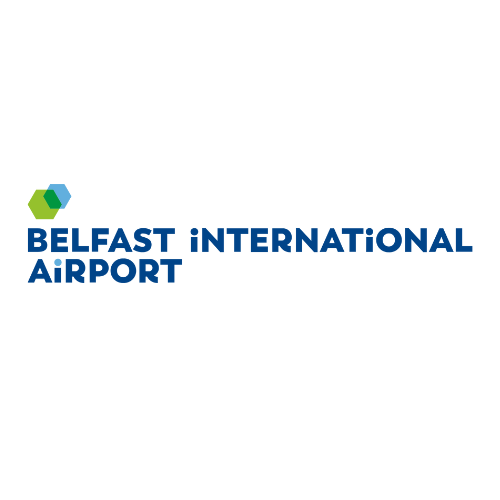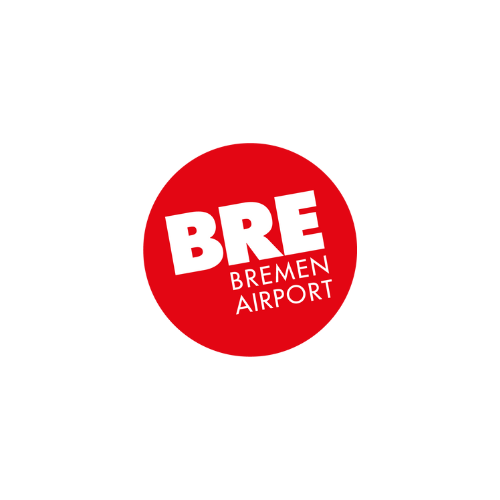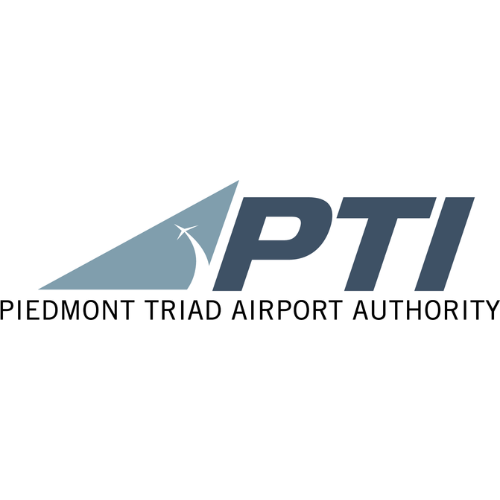Passenger experience is no longer a soft measure of airport performance – it’s a decisive driver of revenue, loyalty, and operational efficiency. Every touchpoint, from booking a flight and reserving parking, to check-in, dwell time, boarding, and even post-travel engagement, shapes how travellers perceive an airport.
A strong passenger experience rests on three pillars: convenience, comfort, and trust. When airports deliver on these, they don’t just create a smoother journey but secure loyalty, encourage repeat visits, and unlock non-aeronautical revenue in the process.
The stakes are only rising. Global passenger traffic is expected to more than double by 2053, placing unprecedented pressure on infrastructure and service models. At the same time, expectations are shifting – 56% of travellers want a single airport app to manage services, wayfinding, and purchases, reflecting strong demand for seamless, digital-first journeys.
Airports that embrace evolving expectations will not only keep pace with demand but also transform positive experiences into measurable revenue. In fact, IATA’s Global Passenger Survey shows that 80% of travellers say their airport experience influences their loyalty to both airlines and airports.
For airports recovering from years of disruption, and planning for a sustainable future, passenger experience is no longer an afterthought but a competitive edge.
Why passenger experience really matters: revenue, retention & loyalty
Passenger experience isn’t just about keeping travellers comfortable, it’s directly linked to spend, loyalty, and long-term growth. When the journey feels seamless, passengers reward airports by spending more money and returning for future visits.
According to recent research, 80% of passengers say they would spend more if they could move through check-in and security faster. That makes efficiency not only a service goal but a revenue strategy. Similarly, 60% of passengers intentionally arrive early so they can shop, dine, or relax at the airport, cementing how dwell time translates into direct non-aeronautical income.
By contrast, poor experiences discourage spending and erode loyalty. Long queues, unclear wayfinding, or a lack of amenities can quickly turn passengers away, reducing both immediate retail revenue and future retention.
For airports, this makes passenger experience a business-critical lever. Reducing friction at the airport and making every touchpoint seamless, optimises commercial performance while reinforcing brand reputation and customer trust.
Operational benefits of a seamless passenger experience
A smooth passenger experience doesn’t just make travel more enjoyable – it makes airports run more efficiently. When passengers move easily through check-in, security, and boarding, queues shrink, staff can focus on higher-value tasks, and flight operations become more predictable. For travellers, this means less stress, greater confidence, and time to engage with the airport rather than endure it.
Passengers notice the little things. Clear digital wayfinding guides them to their gate without confusion. Push notifications alert them to delays or gate changes in real time. Virtual Queueing and Fast Track reduce bottlenecks, so travellers can navigate the terminal effortlessly. These micro-improvements may seem small, but together, they create a smoother journey and stronger sense of control and satisfaction.
Time in the terminal is also more enjoyable and productive. When passengers aren’t held up by friction points, they are more likely to explore retail, dining, and lounge services. Innovative approaches like pop-up lounges (38% approval) and local pop-up retail (36% approval) in underutilised terminal areas not only ease crowding but create new revenue streams and elevate the airport experience.
In short, seamless experiences create a virtuous cycle: passengers feel valued and relaxed, spend more, and move efficiently through the terminal, while airports see higher operational predictability, stronger revenue, and better space utilisation.
How passenger experience is delivered
Behind every seamless journey is an invisible layer of technology. Booking systems, wayfinding apps, biometrics and CRM-driven personalised marketing all define how passengers interact with an airport.
Today’s travellers are also signalling clear expectations for their airport experience: 62% say they are willing to pay for premium services to improve their journey through crowded terminals, and the appetite is particularly strong among affluent leisure travellers (ALTs). But meeting this expectation requires an integrated, end-to-end solution – not isolated tools.
Rezcomm Marketplace delivers this technology in a single, unified platform. By combining reservations, marketing, ecommerce, BI, and cutting-edge customer relationship management tools, we eliminate silos, centralise data, and ensure every touchpoint contributes to passenger satisfaction and increased airport revenue. Our platform makes it simple to manage bookings, personalise offers, make smarter, data-driven decisions and create frictionless experiences across the entire passenger journey.
The impact is tangible. Airports that implement seamless technology see passenger processing times improve by 25–40%, according to ACI research. That translates into increased operational efficiency, happier passengers, and more time for retail engagement.
Real-world applications: How airports are enhancing the passenger journey
Leading airports are already turning passenger experience principles into practice. Examples include:
- Real-time communication throughout the journey – Push notifications keep passengers updated on delays, gate changes, and boarding times. Combined with timely offers based on location or past purchases, these updates reduce stress, build trust, and encourage spending.
- Personalised retail and parking offers – Tailored deals are delivered based on flight itineraries, loyalty tier, or past behaviour. For instance, a family arriving early for a morning flight might receive a breakfast discount or a bundled parking upgrade.
- Virtual Queuing and Fast Track – By encouraging passengers to book security slots or purchase Fast Track tickets, airports eliminate physical queues, speed up processing, and free more time for dining, shopping, or relaxing.
- Omnichannel engagement – From online booking and mobile apps to chatbots, kiosks, and in-terminal notifications, passengers enjoy a seamless journey across all touchpoints. By unifying customer data and insights across every channel, airports can deliver a consistent, hyper-personalised experience without passengers needing to repeat information.
With Rezcomm Marketplace, airports can translate data into meaningful action. Every interaction, from parking reservations to retail offers and loyalty rewards, is optimised for passenger satisfaction and commercial return. The result is an experience where passengers feel in control, informed, and valued, while airports enjoy operational predictability and higher revenue potential.
Looking ahead: The future of passenger experience
Dynamic, seamless passenger experiences are no longer optional – they’re central to airport competitiveness. Adoption of predictive technologies is accelerating, with AI in the aviation industry predicted to be worth $4.86 billion by 2030.
Passenger experience also sits alongside safety and sustainability as a top investment priority in European airports.
The next wave of innovation will focus on:
- Predictive AI for passenger flow – Anticipating demand in real time to optimise check-in, security, and boarding.
- Multimodal journey planning – Linking parking, public transport, rideshare, and micromobility options for end-to-end convenience.
- Flexible, data-driven offers – Personalised retail, parking, and service packages based on passenger preferences and behaviour.
Rezcomm is ahead of the curve. Predictive AI is already embedded across reservations, parking, and ecommerce, enabling airports to scale, remain agile, and deliver frictionless journeys.
Rezcomm’s role in passenger experience
Rezcomm’s end-to-end passenger experience platform, combines Travel, Reservations, Ecommerce, Venue, Customer, Marketing, Business and AI modules in a single plug-and-play marketplace. By unifying these functions, we enable airports to understand their passengers, deliver hyper-personalised journeys, and unlock revenue and loyalty at every touchpoint.
The benefits are proven. Airports using integrated passenger experience platforms report revenue uplifts of 15–20%, according to PwC.
With Rezcomm, airports can:
- Maximise revenue through data-driven, dynamic, and personalised offers.
- Streamline operations with real-time data, AI forecasting, and a 360° view of performance.
- Enhance loyalty with seamless, digital-first interactions across every channel.
- Reduce friction points and bottlenecks with smart flow management and real-time interventions.
- Deliver timely Fast Track and Lounge offers during peak periods to ease congestion and boost spend.
- Use advanced BI insights to align passenger satisfaction with long-term commercial growth.
Passenger numbers will only rise. Expectations will only grow. The time to act is now.
Turn every passenger journey into a revenue opportunity with Rezcomm – book your demo to see how.




























